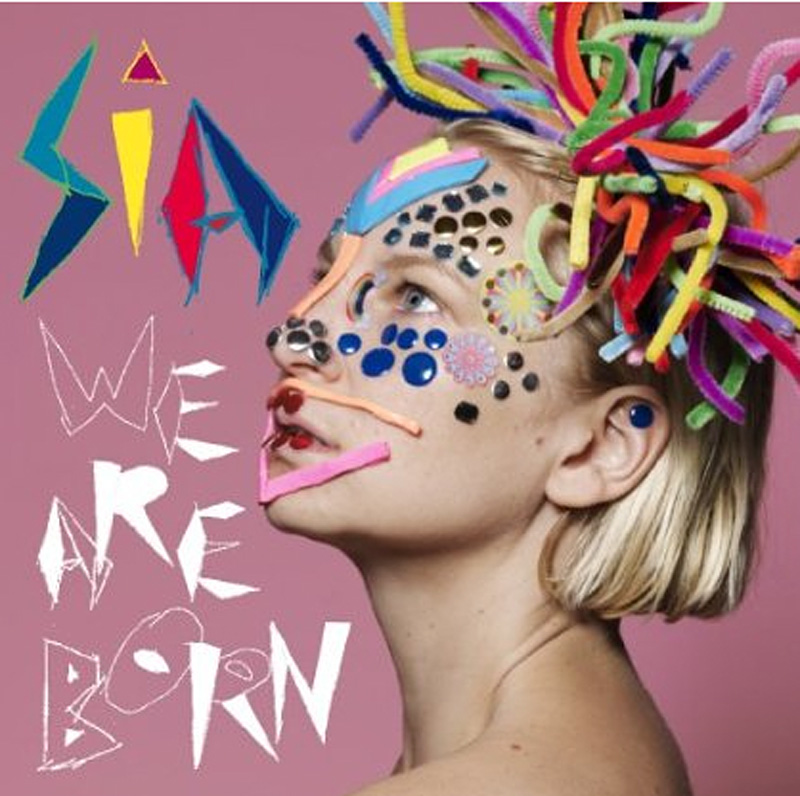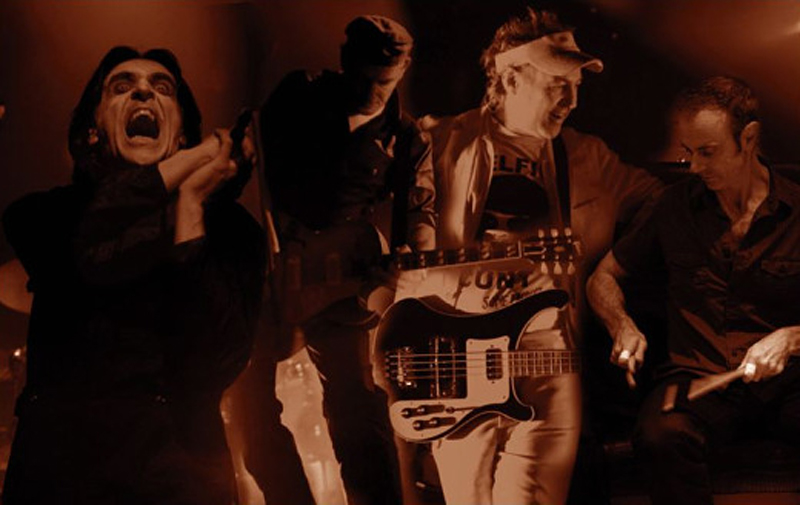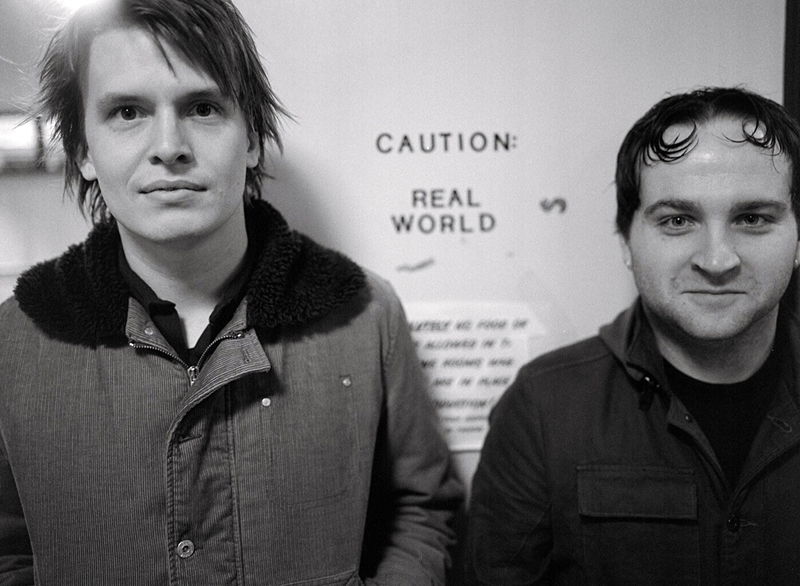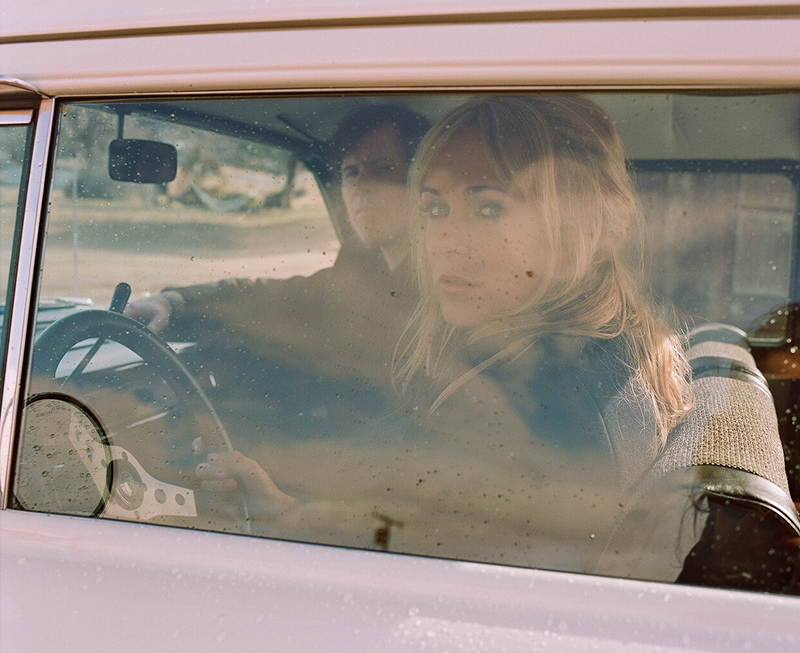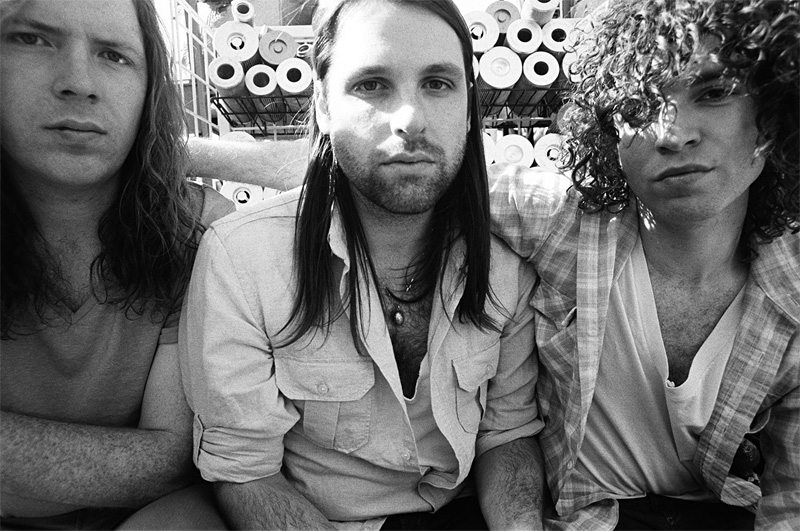Sia Furler is an absolute riot. Her Australian accent hardly diluted by years of living in the U.S. (she currently calls New York City home), the 34-year-old singer—who works simply as Sia—rarely stops giggling or all-out laughing during our recent phone call from her tour stop in Berlin. She talks about wearing her pants backwards, “making shapes that will boggle your mind” as she lays on her hotel bed, and about her two dogs—three-legged Lick-Lick and four-legged-but-totally-neurotic Pantera—both of whom tour with her and have even been heard on her albums. She’s so upbeat that she makes Richard Simmons seem like Henry Kissinger.
Her zaniness can seem a little jarring if you know her only from her guest spots on Zero 7 and Massive Attack tracks in the early aughts, or even from her early solo career (which stretches back to the late ’90s), when her approach was breathy, down-tempo, melancholy, and mysterious. On her breakthrough 2008 album Some People Have Real Problems, Sia’s pop side began to shine through, with a few brighter numbers—delivered with brassy R&B/soul-style vocals that earned some comparisons to Amy Winehouse—blooming among the usual jazzy, torchy tunes. Now her real-life personality and her music draw closer together than ever on her forthcoming We Are Born (due in June), a buoyant, thumping album of unabashed disco-pop. Still, her lyrics remain as pensive and troubled as always.
“There’s usually something about some co-dependent issues, there’s a song about a fight, there’s a song about love, there’s a song about loss, there’s a song about being isolated and alone,” she says. “Every album of mine usually deals with my own bullshit issues.”
So why the sonic change? “I stopped trying to be cool,” she laughs. “I think being brought up by hipster artist-musicians made it hard for me at the beginning. The truth was that I wanted to listen to Cyndi Lauper and Madonna and New Edition, and watch The Fresh Prince of Bel-Air, and they wanted me to go to art-gallery openings with them. It was my worst nightmare. So with music I tried to make ‘cool’ stuff at first—jazz-funk and then trip-hop.
“Once I realized that I am a cool person, I learned that my art doesn’t have to express all of that. I was, like, ‘Wow, life is so much easier!'”
